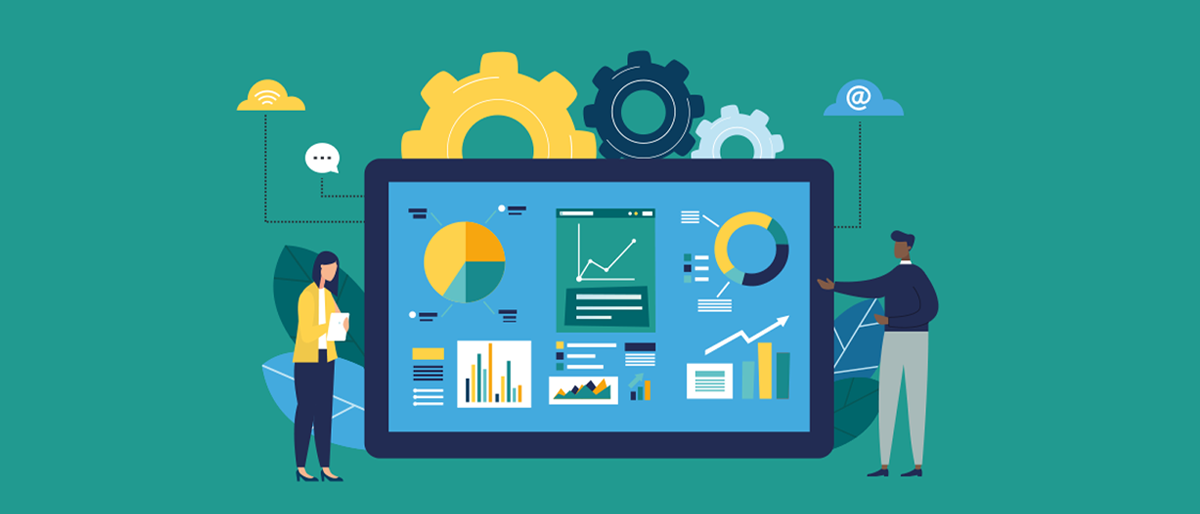
Serving a wide range of stakeholders, the Australian Trade and Investment Commission (also known as Austrade) delivers services to grow Australia’s economic prosperity. To support the team in their excellent work, I was happy to deliver a brief presentation on the importance and value of data pipelines. Here are some of the key points that seemed to resonate throughout the presentation.
June 15, 2022https://www.equalexperts.com/blog/tech-focus/what-does-good-data-governance-look-like/
Poor data governance could lead to poor decision making that puts your business and its reputation at risk. But what does good governance look like and how do we implement it?
May 4, 2022https://www.equalexperts.com/blog/tech-focus/helping-organisations-deliver-more-value-from-data-processes/
Data is the lifeblood of the modern organisation, providing the insights we rely on for everything from digital strategy to customer service priorities. But what happens when your data isn’t delivering as expected? Poor data quality, visibility or analytics can derail or delay critical business activities and needs to be addressed.
March 17, 2022https://www.equalexperts.com/blog/our-thinking/bringing-tdd-to-the-data-warehouse/Bringing TDD to the Data WarehouseLearn why we advocate that data oriented projects should always use the well-known software engineering best practices. This article shows how you can apply TDD using the emerging dbt data transformation tool.
September 20, 2021https://www.equalexperts.com/blog/our-thinking/how-we-ended-up-creating-language-agnostic-data-pipelines-for-our-customers-at-equal-experts/How we ended up creating language agnostic data pipelines for our customers at Equal ExpertsTwo tools to create a language agnostic data pipelines architecture that can be easily reused and adapted in multiple cases and for different clients plus a public reference implementation of this architecture
July 12, 2021https://www.equalexperts.com/blog/our-thinking/whats-the-difference-between-a-data-scientist-and-a-data-engineer/What’s the difference between a Data Scientist and a Data Engineer?Data and analytics are critical to business operations, so it’s important to understand the differences between a Data Scientist and a Data Engineer within your organisation
June 30, 2021https://www.equalexperts.com/blog/our-thinking/six-must-have-key-principles-of-data-pipeline-projects/Six ‘must have’ key principles of data pipeline projectsPipelines bring data from important business sources. To endure for a long time, these will always need to follow a few simple key principles to ensure they are fit for purpose. Here are our six key principles for adoption.
May 27, 2021https://www.equalexperts.com/blog/our-thinking/how-to-evolve-a-clients-data-strategy-solution-to-provide-more-business-benefits-than-ever-before/How to evolve a client’s data strategy solution to provide more business benefits than ever beforeCould a Data Health Check be valuable to evolve your existing data strategy? Discover how a mass media and entertainment conglomerate in the US used it to provide more benefits than ever before.
May 19, 2021https://www.equalexperts.com/blog/our-thinking/what-are-the-benefits-of-data-pipelines/What are the benefits of data pipelines?Creating more effective data pipelines helps your organisation to benefit from faster innovation, higher quality (with improved reliability), reduced costs, and happy people. There are many benefits, so here we have highlighted our top six.
May 14, 2021